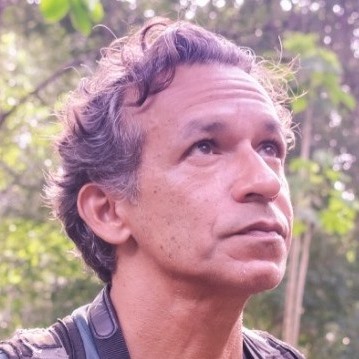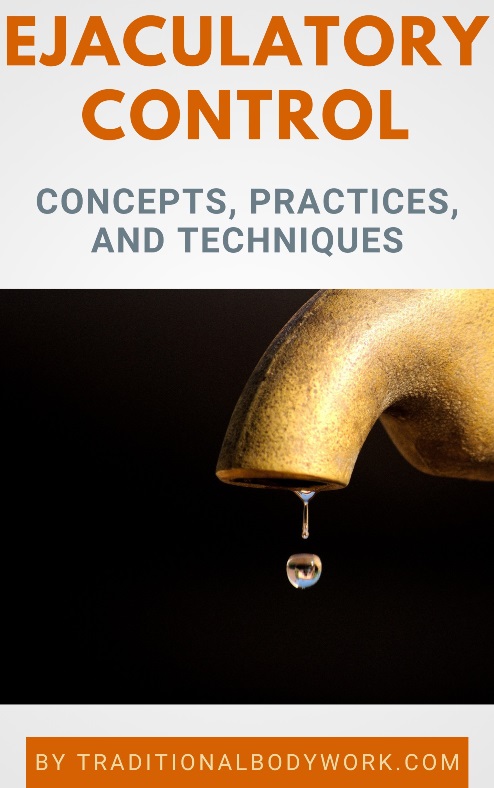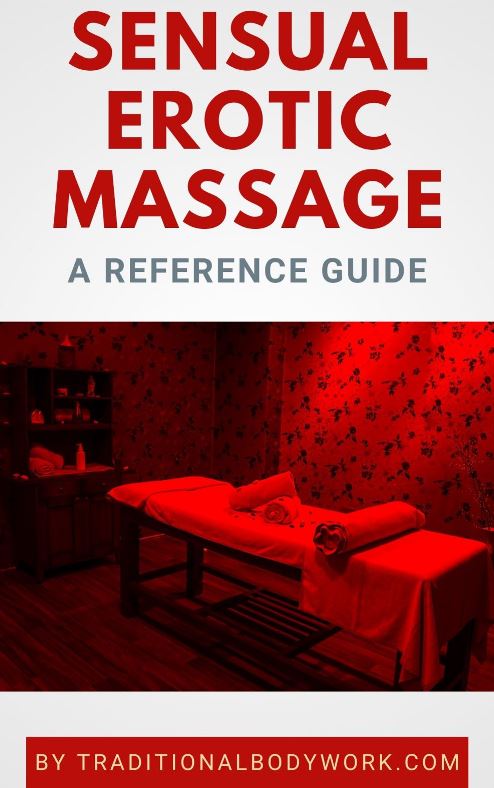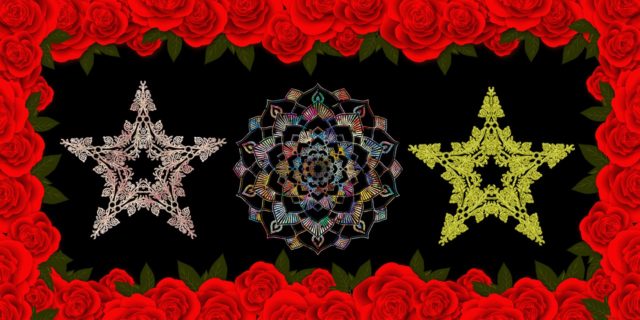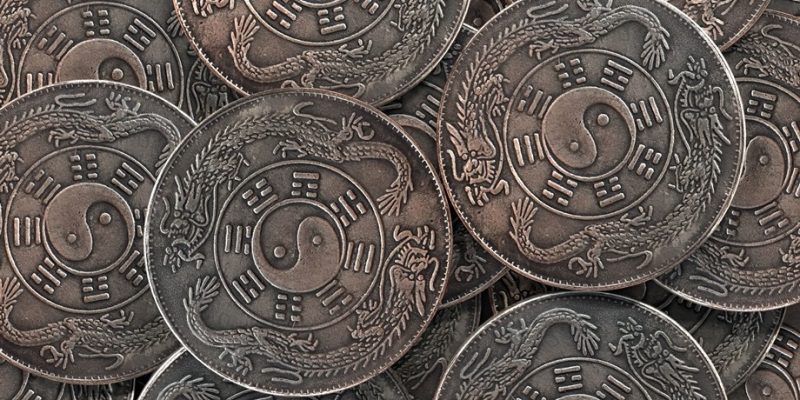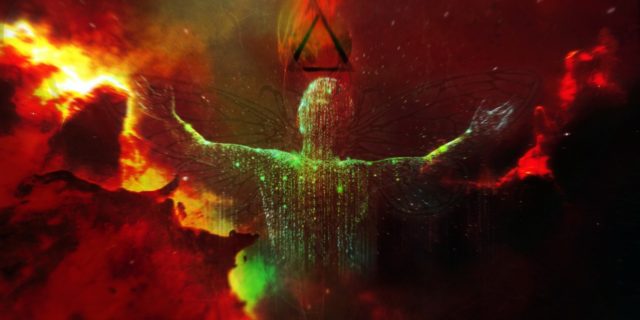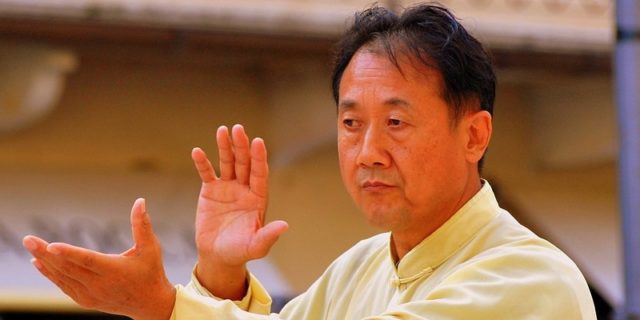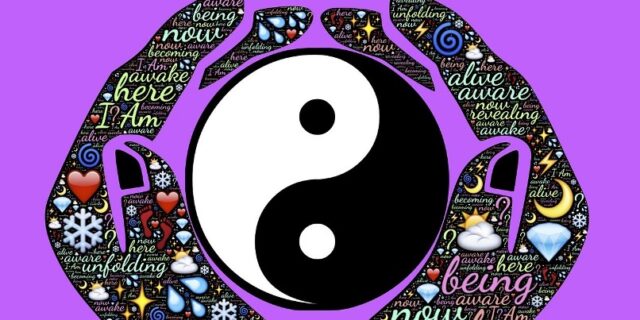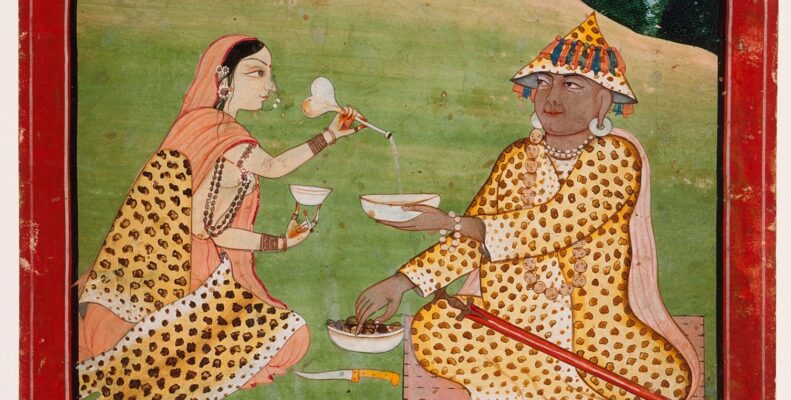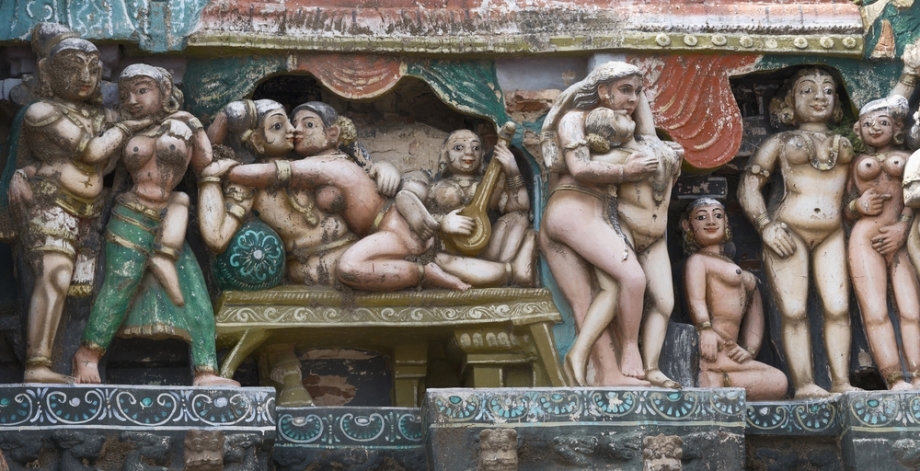
In past years, we’ve seen an increased interweaving between Chinese Taoist and Indian Tantra practices, notably in the sphere of sexuality and spirituality. Perhaps this development or “movement” can be best described as a joint Neo-Tantra and Neo-Taoist undertaking.
That what unites Taoism and Tantra is the fact that both consider sexual energy as an expression of Life Force (Qi, Prana, or Life Force Energy), and both practices use sexual energy to increase Life Force, stimulate physical, sexual, emotional and spiritual health, and promote longevity.

Another similarity is that Tantra and Taoism boast inner alchemy practices to conserve and transform sexual energy into higher forms of energy and manifestations with the end goals of pleasure, joy in life, spiritual enlightenment, and even immortality.
Historically, Chinese Taoism and Indian Tantric philosophies have also taken up the role of going against inflexible sexual and social values, which in the case of China was represented by the rigid outlooks of Confucianism and in India by the austere Caste system.
Both Confucianism and the Caste system show authoritarian, anti-female, conformist, and group-based tendencies that suppress individuality and personal self-development. By contrast, Taoism and Tantra have been experimenting with inner and external alchemy, which were aimed at spiritual embodiment and self-realization and promoting individual values and goals.
Today, we see that Neo-Tantra explicitly converges with Neo-Taoism by blending certain concepts, methods, and techniques in practices such as Multi-Orgasmic experiences, Karsai Nei Tsang, Tantric Massage, Full-Body Orgasms, Taoist Erotic Massage, Semen Retention, Neidan Inner Alchemy, and Sexual Qigong, to name just a few examples.

